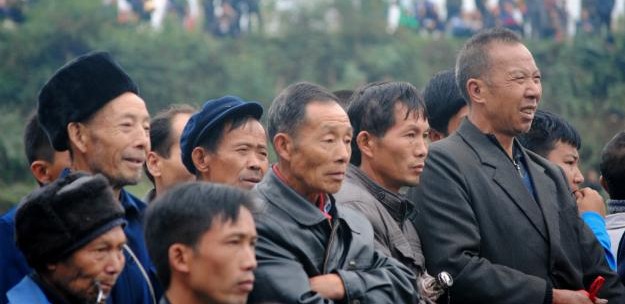According to data collected by the National Statistics Bureau and State Council Information Office, gender imbalance and a shrinking workforce continue to hurt China’s economic growth.
There are currently 33.7 million more Chinese men than women. And although the current national sex ratio stands at 105 males for every 100 females, the gap is growing. The current national sex ratio at birth is 113.5 males for every 100 females.
While gender imbalance is certainly an issue in China, the greater concern is the rapidly shrinking workforce. China’s baby boom, which ushered in the one-child policy in the 70s, is running its course and now an increasing number of Chinese workers are retiring with no one to replace them. Currently, 910 million workers in China are between the ages of 16 and 60, comprising about 66 percent of the population. However, the workforce is losing approximately 4.87 million workers per year to retirement. Exacerbating matters, China’s population continues to get older: 222 million Chinese are over 60, making up 16 percent of the population.
Another growing trend is the move by Chinese residents from rural to urban areas. Approximately 771 million Chinese, or 56 percent of the population, live in urban areas, an increase of 22 million from the year before. Meanwhile, there are 152 million fewer rural residents in China, having migrated to the city for employment opportunities.
China’s population currently sits at 1,374,620,000, an increase of just 6.8 million from the year before. This total does not include residents of Hong Kong, Macao, Taiwan, or Chinese living abroad.


